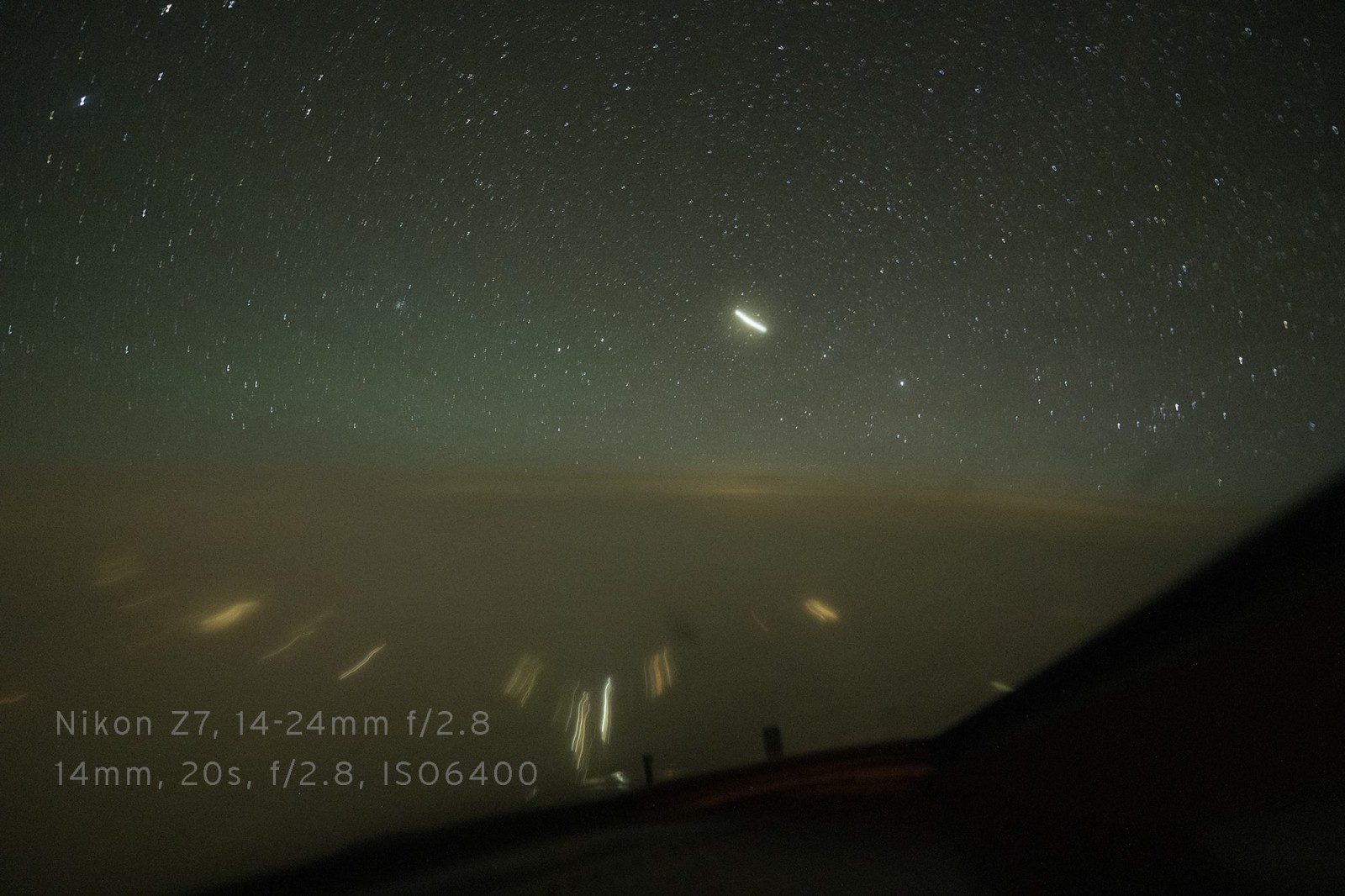Boeing 747 captain captures mysterious lights on video over Austria
01 May, 2022
3 min read
By joining our newsletter, you agree to our Privacy Policy


Boeing 747 captain Christiaan van Heijst has recorded a mysterious light across the sky over Austria.
Christiaan explains the encounter.
"Now here's something I've never seen before.
"Flying north-west over a cloudy Austria, we suddenly noticed a bright light starting to pop up and move in a roughly northerly direction. Judging by the speed, I initially thought we saw the International Space Station passing by, though the heading was not along ISS flying tracks and its exceptional brightness did not make sense, since there was no way the sunlight would be able to reflect from across the horizon as we were on the darkest time of night.
"Speed and direction remained steady, though the light seemed to grow a large and diffuse cloud around it, as if it left exhaust gasses, growing ever larger and dimmer as it traversed the skies until it eventually crossed the horizon a few minutes later as a huge dim 'blob' of light in the upper atmosphere or low-earth orbit.
"German Air Traffic Control (Rhein) was not aware of any high-altitude military activities upon request.
https://www.youtube.com/watch?v=nZwHgZZgS7I
Date and time witnessed:
– 29 April 2022: 23:06 – 23:12 UTC
Location of sighting:
N47'07.9 E012'52.3 (halfway the Austrian Alps), magnetic heading 304, altitude FL360 (36,000 ft).
Suspected location of zenith:
Northern Germany, heading due north.
Equipment used and settings:
– Nikon Z7 and Nikkor 14-24mm f/2.8G ED
14mm, 20s, f/2.8, ISO6400
14mm, 1,6s, f/2.8, ISO10000 (shorter exposure shots)
ISS hypothesis:
Pros:
Speed matched what I've seen from low-earth orbit satellites like the ISS.
The initial intensity matched what I've seen from the ISS previously.
Cons:
Time and location do not match with ISS overflight. Over-flight tracks that night were far lower and ISS was located over Kazakhstan at the time of the sighting. ISS is normally a steady bright dot of light, I have never seen a satellite dissipate itself and become a 'blur' of light, moving steadily forward at a constant speed.
Meteor hypothesis:
Pros:
Explains the sudden entry and brightness.
Cons:
Does not explain the (very) slow and steady forward movement of a meteor. Does not explain the longevity of the phenomenon. Meteors don't just slowly expand in a fuzzy brightness but tend to vary in intensity as they burn up.
What could this have been?
Christiaan is one of the world’s leading aviation photographers and more of his work and close encounter (s) can be found here.
You can follow Christiaan on Instagram here: @jpcvanheijst
Get the latest news and updates straight to your inbox
No spam, no hassle, no fuss, just airline news direct to you.
By joining our newsletter, you agree to our Privacy Policy
Find us on social media
Comments
No comments yet, be the first to write one.


